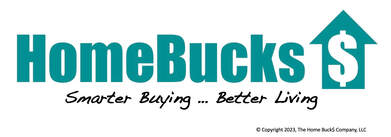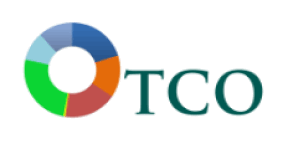The power of HERS rated / TCO Enhanced homes ... A case study: Unlocking the amazing "whole-house" value proposition of a High-Performance Home by combining a HERS 56 Home with TCO Optimized Financing
Why, because for 10 years I have been listening to advocates of the High-Performance Home industry bemoan the fact that the mortgage lending industry doesn’t get it. And they were right. Well folks here it is … we get it (or at least I do) and the numbers below prove it. And best of all, you can put this to all to work for you tomorrow!!! For those of you who may not know me, my name is Kerry Langley, I’m a 33 yr veteran of the mortgage banking business and for the last ten years I have been developing solutions to bridge the gap between the mortgage banking world and the high-performance home world. This work has led to the development of an excel based software program that is named “High Performance Lending®”, but that I generally refer to as TCO™ (Total Cost of Ownership). In a nut shell, the TCO™ program looks at the financial side of home ownership using a big picture, holistic approach (including Home Performance); much like a HERS raters looks at the total performance of the entire home/building. Along the way, I have presented programs at countless conferences (including RESNET, EBBA, and PassiveHaus). I have earned my HERS Associate certificate and had the opportunity to meet and work with tons of crazy smart folks (Ok, some are just crazy). I have recently been working with the totally awesome insulation pros at GreenFiber and you are going to love what we have come up with. Using my TCO™ software and some awesome building science/advance framing/insulation system/HVAC modeling from GreenFiber, I have recently added a new module to the TCO™ software. And the results, which I am excited to share with you in this article, confirms that Building Science, when supplemented with a powerful mortgage lending offer, will rock your world. Enough with all this narrative already, let’s look at the numbers … Step #1 – Getting Started … starting with a group of "specs" for a "Baseline House" The TCO™ software follows what could be called a “scientific process” that begins with calculating the costs figures for a control or “baseline house”. This set of calculations helps us set the stage to answer two very important questions (1) where we are starting? and (2) is the effort is worth our time? The energy performance illustrated in this baseline house is based on a HERS 91 (an estimate of a Code Built home in Atlanta, Ga) and the mortgage financing is traditional. Nothing exciting here … just a traditional house, built to code, financed with traditional financing, that could be owned by anyone. Sales Price - $400,000 - Est HERS Rating – HERS 91 Annual Energy Estimate - $2,746 - Down Payment – 10% Loan Term/Type - 30 yr fixed rate loan Baseline Interest Rate – 5.00% Taxes and Insurance - $5,200 APR (Annual Percentage Rate – 5.654% Qualifying Monthly Payment - $2,500.89 Step #2 – Looking at TCO™. As we move further into the TCO™ analysis, our next step is to crunch some numbers based on a typical home from a builder who builds in the Atlanta marketplace. Their current homes average a HERS 72 and they tell us that they are priced competitively with the “code folks”. Our goal in this phase is very straightforward … to determine the how much money owning a HERS 72 home will save a prospective home-buyer when compared to a code-built home. The graph below illustrates the Month #1 TCO™ of the HERS 72 home. And as expected, it does show a reduction in TCO™ due to reduced utility bills, coming in $47.48 lower than the Code Built home. One very important point to take note of … this is the value proposition that most builders of “Third Party Certified”, “EnergyStar” or “HERS 72” homes are making. They are building homes that are better than code and good for them. But by limiting their “value proposition” to saving their prospective home-buyers about $50/mo. due to improved home performance, the builder is missing a gigantic opportunity to deliver a much more powerful value proposition and reach a larger pool of prospective home-buyers than the code-built builders. Step #3 - Now, comes the beginning of the fun part. My building science buddies at GreenFiber have started working on a whole house modeling program to help builders enhance their homes’ performance with a very modest cash investment. In their initial study, they estimate that they can show our Atlanta builder how to transform their HERS 72 homes into a HERS 56 “rock-star” energy saving / money saving machines with a total incremental investment of approximately $1,000 … yep, I said $1,000 (pay attention here folks, this represents a 22% improvement in energy performance for very few dollars). Since, at this point, we are getting creative with the home performance for our Atlanta builder, this is also a good time to turn up the heat on the mortgage optimization to see what we can do to add additional punch to their value proposition. Our goal, targeting a further reduction of both the TCO™ and the underlying Qualifying Monthly Mortgage Payment, is to give our builder an added advantage over his/her code-built competition. And frankly, the results are amazing! As shown below, by optimizing the mortgage loan structure, we dropped the Month #1 TCO™ to $2,538.30 … a savings of $191.46 (vs. code-built). This gives our builder client an opportunity to offer their prospective buyers an innovative value proposition that will save them almost $2,400 each year. Pretty Amazing ...
So, now for the million-dollar question … |
| And this is how we find the 184,000 new potential homebuyers for you to do business with. Now, I’m sure that someone out there is saying, “there is no way that I can deliver a new home builder 184,000 new buyers” … and you are 100% correct. That is not my point. Rather, what I am saying here is this … the market has changed … as a combination of upward trending interest rates and increases in building costs, nationally we have lost over 5 million prospective home-buyers. To combat this, most builders are going to squeeze pricing or cut back on standard features or pull back on buying or developing new lots … in other words, they are going to give their buyers “LESS”. I recommend that you give your buyers “MORE”. Consider positioning Energy Performance, Building Science and TCO Financial Optimization as a part of your standard business practice to help you sell more homes, at higher margins, to buyers that your competition can’t find. |
Conclusions from this Case Study
The high-performance home business is doing a good thing. Building homes that are better than they have to be is good for the environment, it’s good for construction workers, it’s good for home-buyers and it’s good for the neighborhoods where they are being built. It’s also a business risk to lead the pack. And the folks who are taking this risk should explore every opportunity to communicate the enhanced value proposition built into every home that they produce.
The numbers produced by this case study illustrate two very important things … (1) the opportunity for a home-builder to produce cost effective high-performance home is real and I encourage all home builders to explore it … and (2) over the past 10 years, I’ve heard countless leaders of the high-performance home industry call out the home mortgage industry for not developing a “green mortgage” … my hope is that the numbers shown above will address these concerns. Maybe we didn’t need a green loan after all, but rather, some creative thinking.
If you are interested in seeing how “thinking outside the box” can help you or your home builder clients, I’d love to discuss it further with you. Feel free to shoot me an email at [email protected] or call me on my cell @ 770-365-7769 (may be a good idea to text me first, I get lots of junk phone calls and my phone screens most of them).
The high-performance home business is doing a good thing. Building homes that are better than they have to be is good for the environment, it’s good for construction workers, it’s good for home-buyers and it’s good for the neighborhoods where they are being built. It’s also a business risk to lead the pack. And the folks who are taking this risk should explore every opportunity to communicate the enhanced value proposition built into every home that they produce.
The numbers produced by this case study illustrate two very important things … (1) the opportunity for a home-builder to produce cost effective high-performance home is real and I encourage all home builders to explore it … and (2) over the past 10 years, I’ve heard countless leaders of the high-performance home industry call out the home mortgage industry for not developing a “green mortgage” … my hope is that the numbers shown above will address these concerns. Maybe we didn’t need a green loan after all, but rather, some creative thinking.
If you are interested in seeing how “thinking outside the box” can help you or your home builder clients, I’d love to discuss it further with you. Feel free to shoot me an email at [email protected] or call me on my cell @ 770-365-7769 (may be a good idea to text me first, I get lots of junk phone calls and my phone screens most of them).
Figures noted in this article related to increases or decreases in the “pool of prospective home-buyers” or “pool of households” is based on an analysis of data published by the National Association of Home Builders in their 2016 report titled "New Home Prices and Households Priced Out of the Market by a $1,000 Price Increase". Copyright NAHB 2016, all rights reserved.
The analysis contained in this article were generated using the “TCO-flex” module of the TCO™ - Total Cost of Ownership software program which was developed by Kerry M. Langley and is owned by TCO Consulting, LLC. Mr. Langley is a nationally registered Mortgage Loan Originator, NMLS -506632, and is employed by United Community Bank in Atlanta, Ga. The comments, illustrations and/or conclusions contained in this article are from it’s author Kerry M. Langley solely, and are not endorsed by the National Association of Home Builders, United Community Bank, Inc, or Greenfiber LLC.
The figures reflected in this presentation were generated for home building / real estate industry professionals only and are not an offer to extend credit. The figures were based on a hypothetical home purchase transaction with an assumed base purchase price of $400,000, a mortgage with a base loan amount of $360,000, a baseline interest rates of 5.00% for the 30 yr fixed rate loan and 3.99% for the 7-1 ARM, a loan term of 30 years, and estimated property taxes of $4,000 and home-owners insurance of $1,200 annually, standard PMI rates and an HERS Reference House estimated annual utility cost of $3,018. Consult a duly licensed or registered Mortgage Loan Originator for additional information on mortgage financing and always obtain an official Loan Estimate so you can compare fees and charges.
The analysis contained in this article were generated using the “TCO-flex” module of the TCO™ - Total Cost of Ownership software program which was developed by Kerry M. Langley and is owned by TCO Consulting, LLC. Mr. Langley is a nationally registered Mortgage Loan Originator, NMLS -506632, and is employed by United Community Bank in Atlanta, Ga. The comments, illustrations and/or conclusions contained in this article are from it’s author Kerry M. Langley solely, and are not endorsed by the National Association of Home Builders, United Community Bank, Inc, or Greenfiber LLC.
The figures reflected in this presentation were generated for home building / real estate industry professionals only and are not an offer to extend credit. The figures were based on a hypothetical home purchase transaction with an assumed base purchase price of $400,000, a mortgage with a base loan amount of $360,000, a baseline interest rates of 5.00% for the 30 yr fixed rate loan and 3.99% for the 7-1 ARM, a loan term of 30 years, and estimated property taxes of $4,000 and home-owners insurance of $1,200 annually, standard PMI rates and an HERS Reference House estimated annual utility cost of $3,018. Consult a duly licensed or registered Mortgage Loan Originator for additional information on mortgage financing and always obtain an official Loan Estimate so you can compare fees and charges.
©Copyright 2018 – TCO Consulting, LLC, All Rights Reserved
3 Comments
U.S. Home Builders Take Note …
The “National Pool” of Prospective Homebuyers has Shrunk by an estimated 5 Million Households …
A Series of Solutions:
Introduction … Thinking Outside the Box
This really should not surprise you …
It’s only common-sense, that when mortgage interest rates increase … the pool of prospective home-buyers that can qualify for the corresponding higher mortgage payments, shrinks.
It’s also common-sense, that if you are building homes in a marketplace where the cost of building a home increases, and you are forced to increase the Sales Price of these homes … the pool of prospective home-buyers that can afford to purchase a higher priced home, shrinks.
Understanding the impact that these all so important financial variables have on the prospective pool of home-buyers is very, very important to a home builder. Thankfully, a fine group of very smart folks at the National Association of Home Builders (NAHB) do important work in this area and their work, as published in an annual report referred to as "New Home Prices and Households Priced Out of the Market by a $1,000 Price Increase" (NAHB Report) is an important read. This report measures the impact of various economic factors on households looking to buy a median priced home (national average is $296,400) with a 10% down-payment using a 30 yr fixed rate loan.
None of this is earth-shattering news, right? It’s pretty basic that one of the survival skills of every business/industry should be understanding how the ebbs and flows of the economic landscape impacts their customers … home building is no different.
Maybe so … but the earth-shattering news IS the size of the potential impact on the home building industry and the potential for lost opportunities … keep reading.
It’s only common-sense, that when mortgage interest rates increase … the pool of prospective home-buyers that can qualify for the corresponding higher mortgage payments, shrinks.
It’s also common-sense, that if you are building homes in a marketplace where the cost of building a home increases, and you are forced to increase the Sales Price of these homes … the pool of prospective home-buyers that can afford to purchase a higher priced home, shrinks.
Understanding the impact that these all so important financial variables have on the prospective pool of home-buyers is very, very important to a home builder. Thankfully, a fine group of very smart folks at the National Association of Home Builders (NAHB) do important work in this area and their work, as published in an annual report referred to as "New Home Prices and Households Priced Out of the Market by a $1,000 Price Increase" (NAHB Report) is an important read. This report measures the impact of various economic factors on households looking to buy a median priced home (national average is $296,400) with a 10% down-payment using a 30 yr fixed rate loan.
None of this is earth-shattering news, right? It’s pretty basic that one of the survival skills of every business/industry should be understanding how the ebbs and flows of the economic landscape impacts their customers … home building is no different.
Maybe so … but the earth-shattering news IS the size of the potential impact on the home building industry and the potential for lost opportunities … keep reading.
Over the last few months a number of my industry contacts, in unrelated conversations, have told me that this “shrinking home-buyer pool” is having a serious impact on their business … so I figured it was a good time to take a look at these numbers.
Let’s start off looking at interest rates. Over the last 12 months, we have seen them move up approximately 1% (from 4% - 5%). We all know that this is bad for housing … but how bad?
Using my TCO™ software to analyze the data found in the 2016 edition of the NAHB Report, the results support that on a national basis, this increase in the cost of mortgage financing has “priced out” approximately 4,207,9991 households! … that’s right, 4.2 million households … Hello!!!
Next, let’s look at home prices. Using data from the same national NAHB Report as a baseline and assuming an average price increase of $10,000, the numbers support that we have lost an additional 1,529,0302 households.
This is nothing short of Amazing … we have seen 5,737,029 households “priced out” of buying a home in the last 12 months alone!
Looking at this challenge nationally, it’s easy to understand that a number like “5.7 million households” may be a bit daunting and difficult to relate to, therefore, I’ve often found that modeling numbers for the home building industry using a more manageable, single hypothetical home builder may help put it into perspective. To that end … let’s say you work for or sell goods / services to a successful home builder with operations in markets across the US. Let’s also say that your average sales price is $300,000, your average gross sales margin (GSM) is 20% and you maintain .5% market share (5,000+/- homes annually, assuming new homes sales are 1,000,000 nationwide).
How does this shrinking homebuyer pool impact you? … Check out the math:
5,737,029 households lost, multiplied by .5% market share = 28,685 potential households you lost
$300,000 multiplied by 20% gross sales margin (GSM) = $60,000 in potential lost GSM per home
If 2% of these lost households were real buyers before the market shrank, you could have potentially lost 573 in new closed deals (representing $172 million in new home sales and $34 Million in Gross Sales Margin)
Maybe you’re thinking a much more modest impact, so let’s of let’s we cut it all the way back to only 25 homes … this still represents potential loss of top-line revenue of $7.5 million. You pick the number … $172 million or $7.5 million or some number in between … any number is bad news!
So, my bet is that some of you are thinking, “Isn’t this guy just a Bowl of Sunshine?”
Well, actually, I am … but I don’t dance around the truth and only deal in facts. Throughout my 33 year career as a residential lender, I have focused my work on thinking outside the box to solve puzzles like this and one thing always rings true … before you can develop and implement a scalable and replicable solution, you have to be honest with yourself about the challenge … and folks, this one is real.
One of the most interesting things about the how home builders typically react to markets where the buyer pool is shrinking & prices are increasing, is that they will usually head down one of two very predictable paths. Some will take the “cut back on standard features” route, eliminating items like fireplaces, cutting back on wood floors and maybe reducing the quality of their cabinets. Other builders will take the “get the purchasing guy to beat up our vender’s” route … adopting a policy to squeeze every dime possible out of every supplier/vender that they can.
Two observations …
(1) each of these strategies may somewhat address the “price increase” challenge, but do very little on the interest rate impact … and if you are going to start down the “we have the lowest price” road, then you may end up boxing yourself into a business model based on price and is this really where you want to be?
(2) it is all but certain, that by using either of these strategies, the home-buyer ends up with LESS.
And unless you have been living under a log for the last 10 years … today’s buyers don’t accept LESS … quite the contrary, they want MORE, MORE and MORE.
So, by now I bet some of you are saying … “Well, if you are so smart, what would you do?”
In a nutshell … I’d encourage you to set yourself apart from your competition and Give Your Buyers MORE
How, you may ask? …
Start with an open mind and consider the following steps …
Step 1 – Stay focused on your customer … you have built your business meeting their needs, you know who they are, you know what they want … make a commitment to be the home builder that gives it to them. Never forget that while buying a home is a transaction, owning one is a long-term deal … make sure your marketing teams are treating your prospective buyers as home-owners, vs. simply buyers.
Step 2 – Consider letting go of “Sacred Cows”. While I am a big proponent of having strong, long term relationships with your suppliers and vendors, I encourage my clients to keep an open mind for opportunities which may improve the homes that they build and drive additional profitability to their bottom line. It’s one thing to have a deal with a supplier, vendor, lender or title company that drives a few hundred or even a thousand dollars back to you … it’s a totally different thing when the relationship can help you increase your closed sales by 1, 2, 10, 50, 100 more homes. I challenge you to expect more from these relationships and you may just find it.
Step 3 – Look for “holistic solutions” which build on the quality that you build into your homes and amplify your value proposition. Take steps to deliver more than your competition and then resist the temptation to let your extra efforts get lost in a list of your “standard features”. To me, that would be like selling a Ferrari and never mentioning the hand-built motor that generates 500 horse power. Make it a point to “sell” everything that makes your homes a step above the rest.
Step 4 – And last but surely not least … make it your business to understand the power of high-performance homes. This is our future folks and you need to get on board. I started this process ten years ago and it has greatly enhanced my business. Your home-owners expect their homes to be energy efficient, they are learning about HERS Ratings and they love knowing that you are building a better home (partly because it benefits them, and partly because they want to tell all their friends how smart they were when they decided to purchase your rock-star house). They are eager to learn how the homes that you build may be more durable, have better indoor air quality, are more comfortable to live in and cost less to own. Don’t fall into the trap of building “barely code” because it is cheaper … your buyers want to understand this stuff, so sell to it.
If you are interested in seeing how “thinking outside the box” can help you or your home builder clients, I’d love to discuss it further with you. Feel free to shoot me an email at [email protected] or call me on my cell @ 770-365-7769 (may be a good idea to text me first, I get lots of junk phone calls and my phone screens most of them).
1, 2 - The figures illustrated here are based on an analysis of the data published by the National Association of Home Builders in their report titled, "New Home Prices and Households Priced Out of the Market by a $1,000 Price Increase" 2016 edition. The analysis was generated using the “TCO-flex” module of the TCO™ - Total Cost of Ownership software program which was developed by Kerry M. Langley and is owned by TCO Consulting, LLC. This article is not intended to be an offer to extend credit.
©Copyright 2018 – TCO Consulting, LLC – All rights reserved
©Copyright 2018 – TCO Consulting, LLC – All rights reserved
$90
A Paradigm Shift in Building the Financial Case for High Performance Homes.
$90,000,000 reasons that building giant, DR Horton should consider a national commitment to build HERS Rated homes
(having a target to build homes that perform 40% better than code)
(having a target to build homes that perform 40% better than code)
Ten years ago this month, March 2008, I was introduced to the concept of a high-performance home. At this point in my career, I was an expert in custom financing, having closed over $1B in career personal production; but had no idea what a HERS Rating was. I had no idea how to improve the energy performance of a home and I had no idea how to improve the indoor air quality of a home. I was perfectly comfortable running my mortgage lending business being focused on the traditional criteria that all lenders use … the purchase price of a home, the loan amount needed, the interest rate, the down payment and the monthly mortgage payment.
Ten years has changed my entire business world and today, I carefully look at the energy performance of a home, I have become a student seeking to learn all that I can about indoor air quality and I pay special attention to our collective impact on the environment. The overriding focus of my business has also changed to one that is based on helping my clients develop strategies which minimize the Total Cost of Ownership (TCO) of their new home, including the development of a proprietary software program that makes the TCO model scalable and able to support a national team of mortgage lenders and their business partners.
So what does this have to do with a large successful publicly owned home building company like DR Horton?
Everything actually … it’s called Enhanced Shareholder Value.
Today, there are a number of forces that drive large home builders to make decisions on how to build their homes. Some of the forces are financial, some are based on the expertise of the leadership team, some are based on brand awareness/product appeal to specific market segments, some are based on strategic decisions made years ago that drove specific raw land / lot purchases and some are based on the culture of the company itself.
Regardless of the specific forces that ultimately shape each builders’ business, there is one thing that all publicly owned home builders have in common … they are all charged with a focus on making money for their shareholders … aka - enhancing shareholder value.
This article may just blow your mind on how a company like DR Horton can adopt a high performance home strategy to do just that ... perhaps a little financial innovation will help.
Before I dive in to a bunch of fancy solutions with pretty graphs, let’s get real about the challenges that may be impacting why a company like DR Horton may not already be building homes that perform 40% better than code …
- High-performance homes typically cost more to build, and in turn, will need to be sold at a higher price. If you are a new home builder and are using traditional marketing and mortgage lending strategies to sell your homes, common sense would lead you to believe that you may lose sales if your higher priced home is competing with a lower priced “code built” home across the street.
- If you increase the price of a house, industry data supports that you may reduce the number of buyers who will qualify for mortgage loans to purchase these homes … and this is bad … oh so bad. So, if you are using traditional mortgage lending strategies, keeping prices low so you can close more sales is important.
- Building and selling homes that are priced higher than your competition may be inviting appraisal challenges, and this takes time to resolve and may jeopardize closings … neither of which are attractive. Once again, if you are using traditional mortgage lending strategies, from an appraisal perspective, keeping prices low is important.
By now, you may be thinking that this guy is totally crazy for even beginning to write this article … I mean, this is all bad stuff … and none of it has anything to do with enhancing shareholder value (or running a successful company for that matter).
I know, I know … hang in there just a minute, here comes the good stuff …
Let’s address these challenges one by one …
Challenge #1 - They cost more to build and need to be sold at a higher price
Yes, high-performance homes do typically cost more to build and in turn, typically sell for more … but they also cost less to own. The purchase price of a home is one transaction on one day … the total cost of owning a home (or TCO) is a series of transactions that last for a lifetime. So, to address this challenge, we develop financial models to compare the TCO of your current homes to the TCO of a high-performance version of your same home (including optimized mortgage terms) … we look at the down payment, we look at the initial monthly payments and we look the long term total payments … and frankly, the numbers will amaze you..
Check this out ...
The first three images below reflect the Month #1 Total Cost of Ownership for three hypothetical homes, (a) an existing home priced at $275,000 (w/estimated HERS 130), (b) a hypothetical "code built" DR Horton home with a sales price of $285,000 (w/estimated HERS Rating 85), and finally, (c) a hypothetical "high-performance" DR Horton home with a sales price of $295,000 (w/estimated HERS Rating of 51 (so est. $10,000 increase to reflect the cost of building a home with a 40% lower HERS).
Pretty amazing that in Month #1, (not 8 or 9 years to breakeven) the most expensive home of the three, the DR Horton HERS 51 home, has a Total Cost of Ownership that is $92 less.
The second set of three images reflect the same three homes, but here, we are showing the Total Cost of Ownership using a 20 year ownership period. And once again, the highest priced home, the HERS 51 DR Horton home has the lowest TCO, generating a net savings of over $44,000 (the savings add up to over $100,000 at the end of a 30 year mortgage).
Pretty amazing, huh?
Pretty amazing, huh?
Challenge #2 - You may reduce the number of buyers who will qualify for a loan to purchase your home
Using traditionally structured financing, this statement is 100% right … but when combining your high-performance home with a TCO designed financing package (featuring optimized mortgage terms), we can expand the number of households that you can sell to. We can typically see an increase in the qualifying amount for an average FHA buyer approx. 5% … and for a conventional buyer with 10% down, the increase in qualifying dollars is usually in the 6-8% range. So, yes, we can address this challenge.
Below are two graphs based on data from the 2016 NAHB "Priced Out" report that have been analyzed by the "Expand Your Reach" module of the TCO software.
The first graphic reflects the impact on the "purchasing power" of buyers who apply for either an FHA or Conventional 1st mortgage loan, when using a TCO optimized mortgage structure (figures based on assumed sales price of $295,000).
The second graphic reflects the number of households that a builder of "above code" homes could reach that a builder of "code built" or a seller of an existing resale property may miss due to qualifying limitations. These numbers are national in scale, so the number of households is rather large. We also generate these numbers for our clients on a state by state and 300 MSA basis as well (figures based on assumed sales price of $295,000 and a $10,000 increase for high-performance).
Challenge #3 - Building and selling homes that are priced higher than your competition may be inviting appraisal challenges
Using traditional mortgage strategies, this statement is 100% correct. However, we are not using a traditional strategy. Since high-performance homes are our specialty, we have developed proprietary strategies to address the appraisal issue before it happens and have proven success. And as an added bonus, when using our system, we keep a database of the info we need to support your appraisals going forward … a mortgage lender using traditional strategies will not have this data.
So what about the $90,000,000?
That’s easy and its simple mathematics.
Using DR Horton’s 2017 Annual Report as a guide … the company closed 45,751 new homes in 2017
Their average sales price was $298,400 and their average Gross Profit / Homes Sales was 20.0%
I've assumed that the increase in Sales Price to achieve a 40% increase in performance is 4.0%, this is $11,936, but to keep it simple, rounded it down to $10,000.
(Just in case you like the math ... $298,400 * 4% = $11,936)
If we apply the Gross Profit / Home Sales % to these incremental sales price dollars,
our increase in Gross Profit per home = $2,000
(Just in case you like the math ... $10,000 * 20% = $2,000)
And finally, if we multiply the new found incremental Gross Profit per home of $2,000 x 45,751 homes sold … we achieve a $91,500,000 annual increased Gross Profit / Home Sales
All this, while saving their home-buyers approx. $49,900,000 per year in reduced TCO
Amazing, huh?
The name of this BLOG is Green Homes Matter … and based on these figures, I’d say that in the case of DR Horton … they sure do. Interested in seeing how using TCO can enhance your business, give Kerry a call (770) 365-7769
Take care,
Kerry
In closing, if you have any comments, please share them below
And now to keep the lawyers happy ...
The Green Homes Matter Blog is owned by TCO Consulting, LLC.
TCO Consulting, LLC is not a mortgage lender, it does not offer or provide mortgage financing of any type. This Blog is not an offer to extend credit. The numbers represented in this Blog are based on fact and we believe them to be 100% accurate, but your experience may be different than those illustrated.
If you are in the market for a mortgage loan, we recommend that you obtain and review an official Loan Estimate from a duly licensed or registered mortgage lender.
The Green Homes Matter Blog is written by Kerry M. Langley. Kerry is a nationally registered mortgage originator and is employed by United Community bank Mortgage Services in Atlanta, Ga,. His NMLS number is 506632. The comments, assumptions, assertions, illustrations and representations contained in this Blog are the property of TCO Consulting, LLC and do not reflect those of United Community Bank Mortgage Services.
(c) Copyright 2018 - TCO Consulting, LLC ... all rights reserved
The Green Homes Matter Blog is owned by TCO Consulting, LLC.
TCO Consulting, LLC is not a mortgage lender, it does not offer or provide mortgage financing of any type. This Blog is not an offer to extend credit. The numbers represented in this Blog are based on fact and we believe them to be 100% accurate, but your experience may be different than those illustrated.
If you are in the market for a mortgage loan, we recommend that you obtain and review an official Loan Estimate from a duly licensed or registered mortgage lender.
The Green Homes Matter Blog is written by Kerry M. Langley. Kerry is a nationally registered mortgage originator and is employed by United Community bank Mortgage Services in Atlanta, Ga,. His NMLS number is 506632. The comments, assumptions, assertions, illustrations and representations contained in this Blog are the property of TCO Consulting, LLC and do not reflect those of United Community Bank Mortgage Services.
(c) Copyright 2018 - TCO Consulting, LLC ... all rights reserved
Kerry Langley (NMLS-506632) is the publisher of the Green Homes Matter BLOG, the developer of the mortgage optimization program - High Performance Lending (R), the creator of ProjectTCO and the owner of TCO Consulting, LLC.
Kerry is a thirty-three year veteran of the residential mortgage banking business and is employed by United Community Bank Mortgage Services. He specializes his business on developing innovative solutions so home buyers, existing home-owners, home sellers, real estate agents, home builders and financial advisors can enjoy the amazing benefits of Sustainable & High Performance Homes.
Kerry is a thirty-three year veteran of the residential mortgage banking business and is employed by United Community Bank Mortgage Services. He specializes his business on developing innovative solutions so home buyers, existing home-owners, home sellers, real estate agents, home builders and financial advisors can enjoy the amazing benefits of Sustainable & High Performance Homes.
Categories
Archives
December 2018
October 2018
March 2018
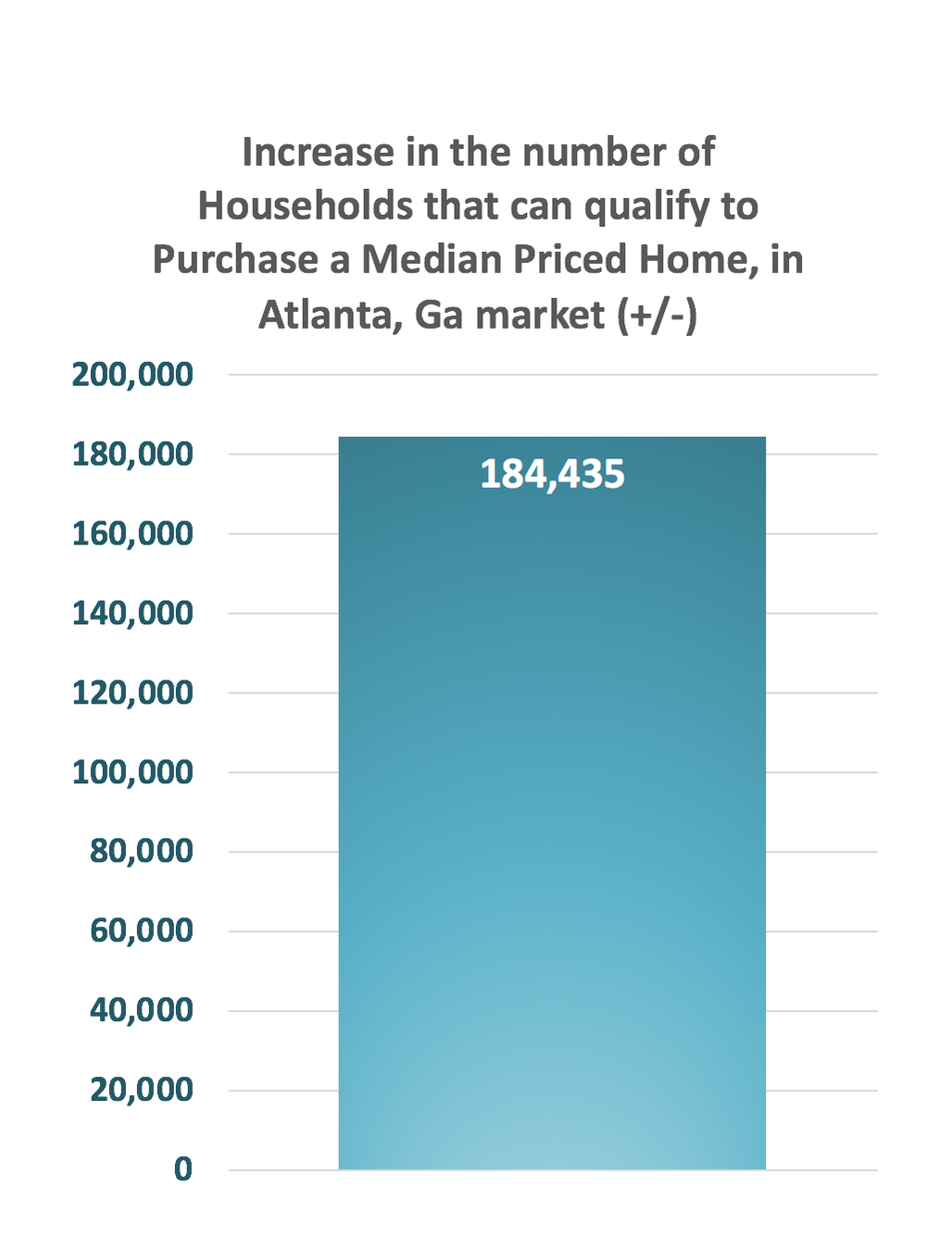
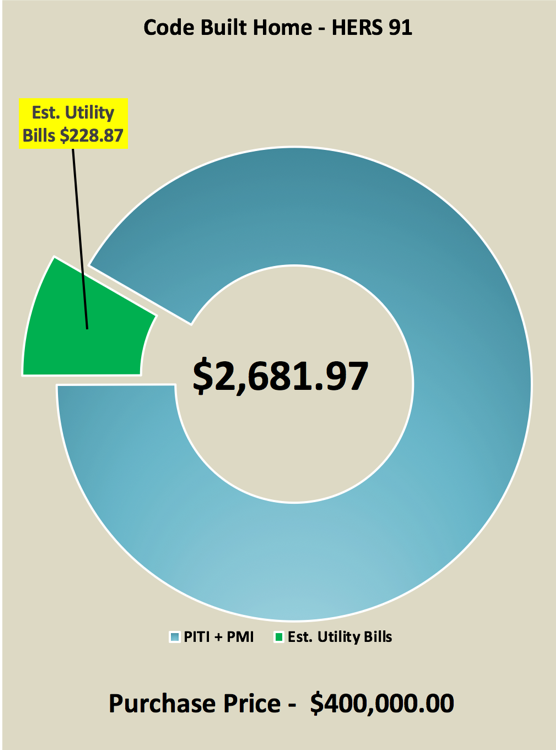
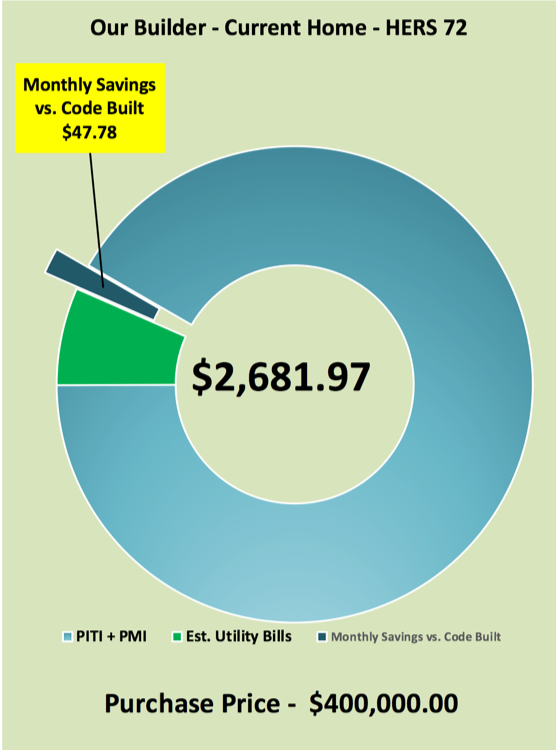

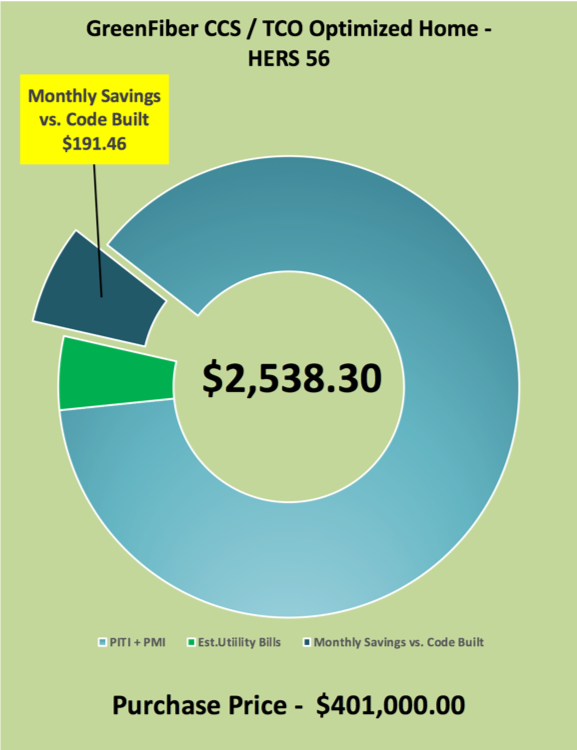

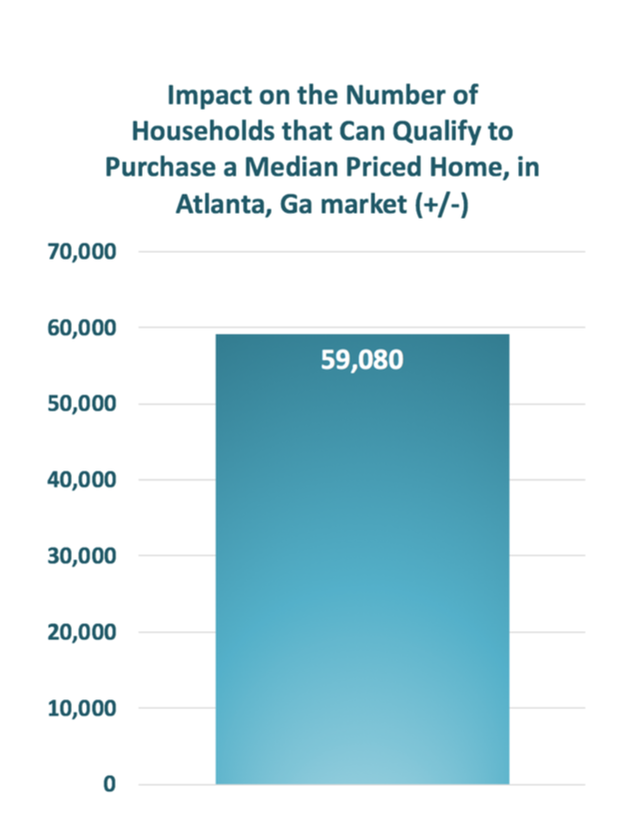
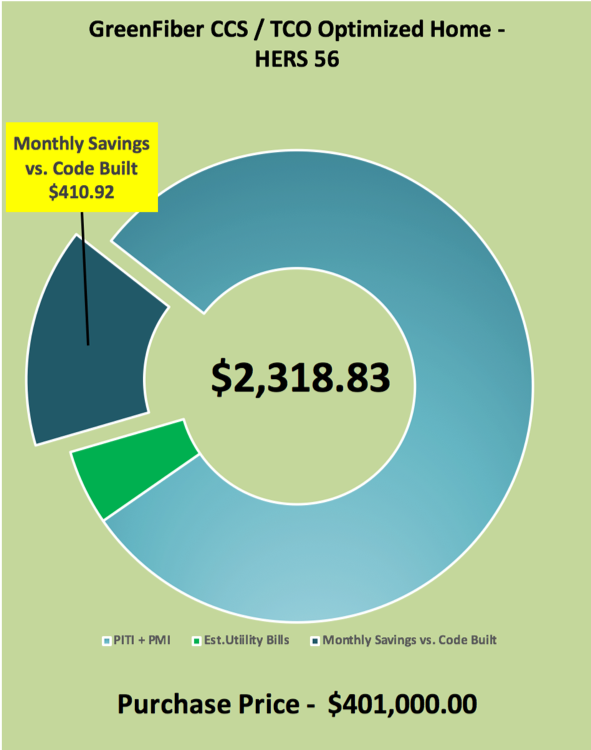

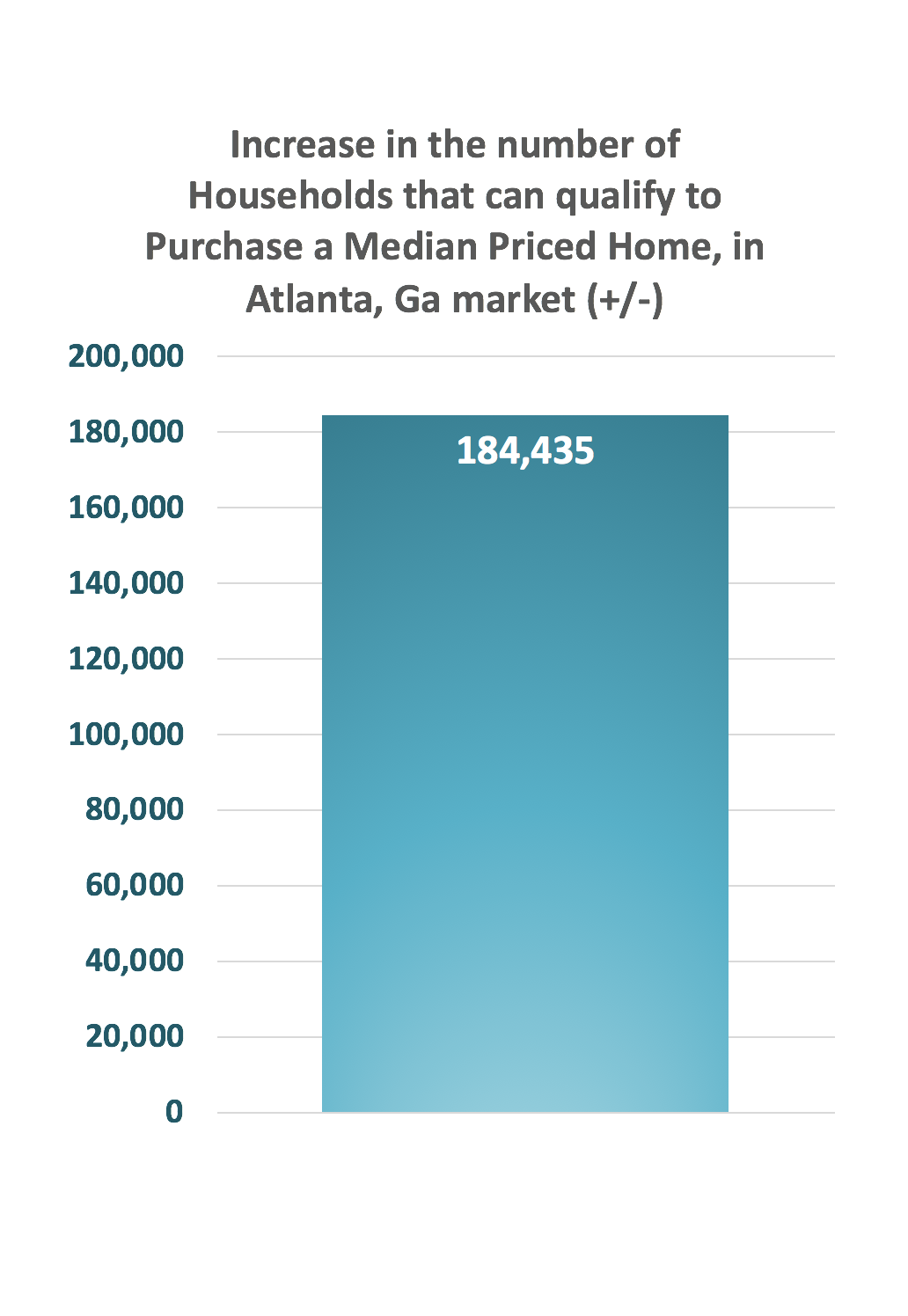
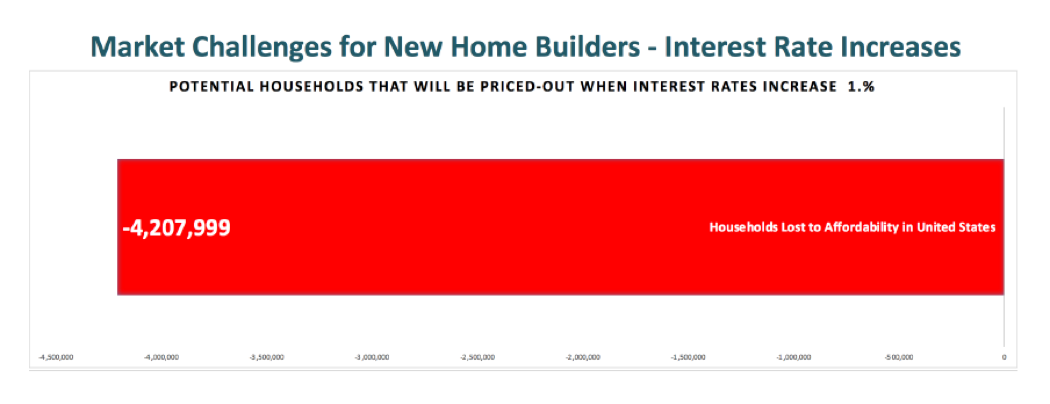
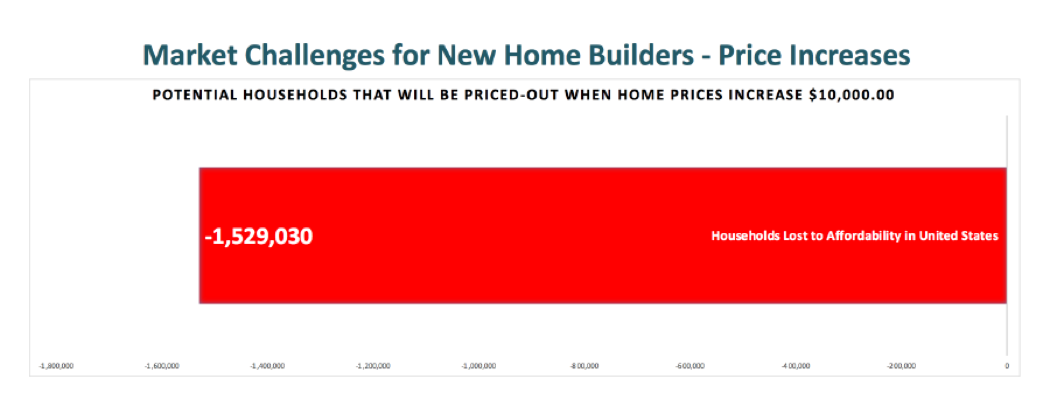
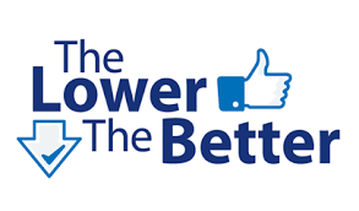
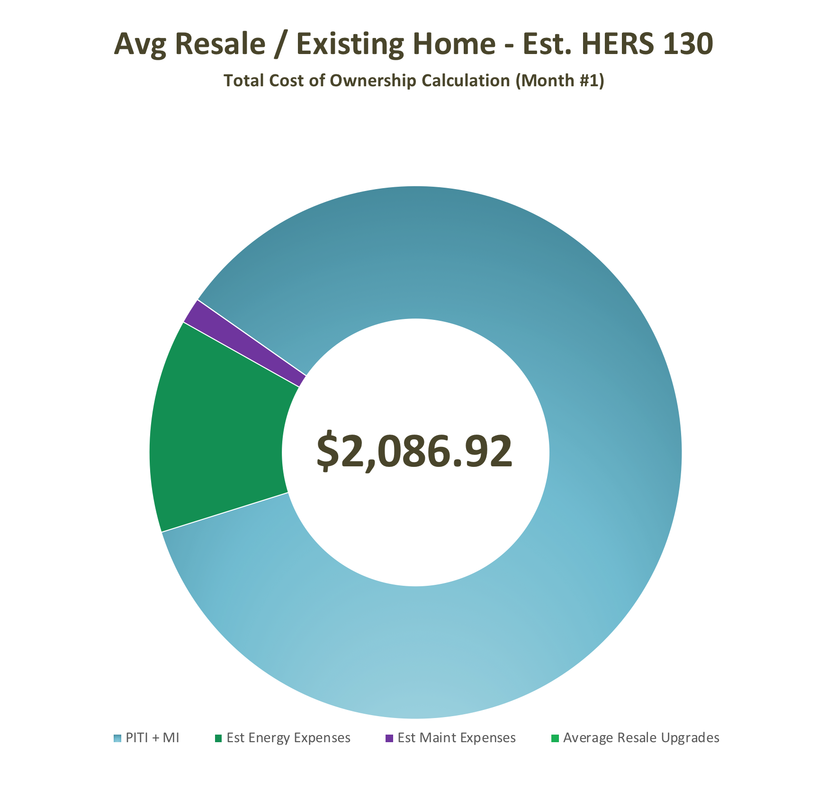
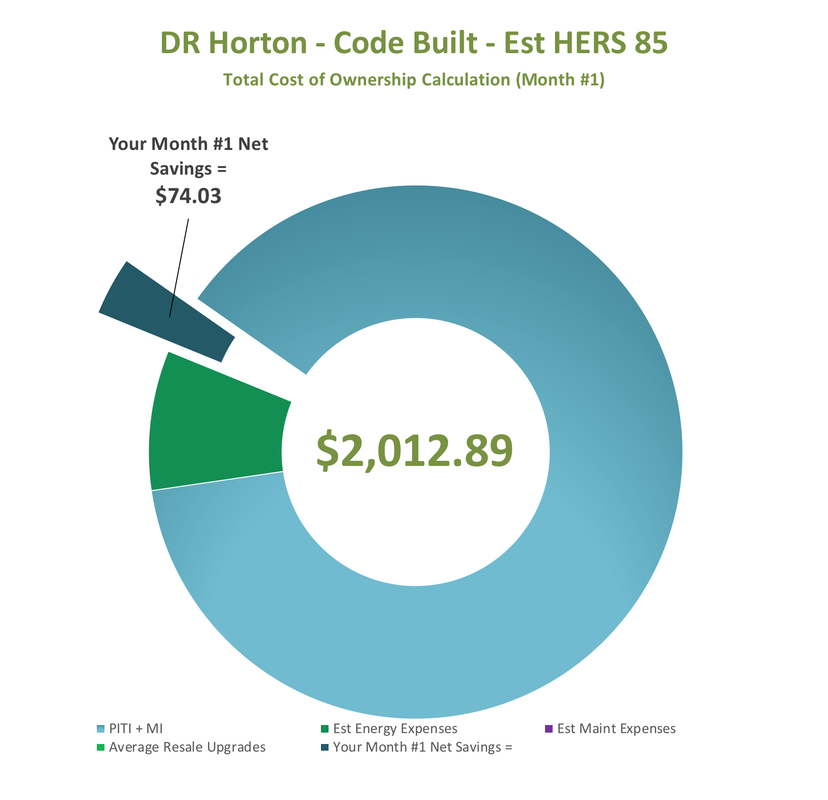
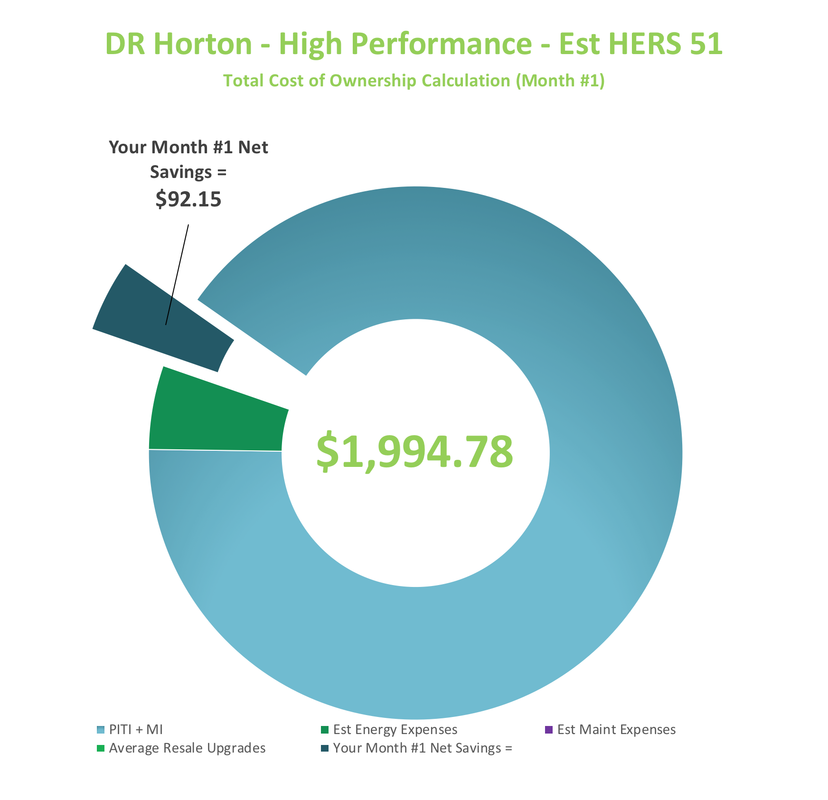
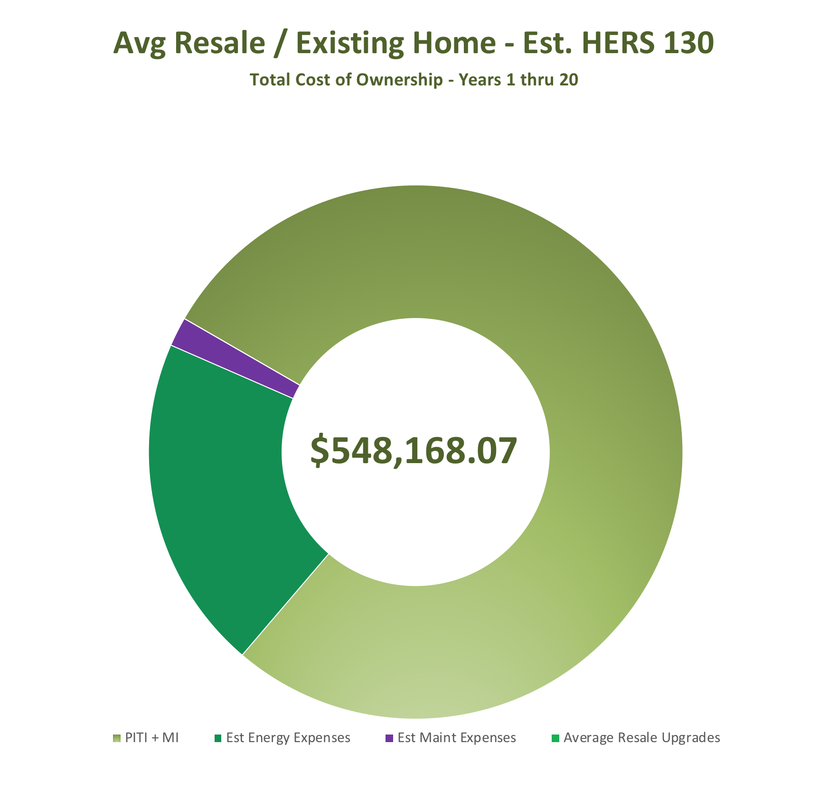
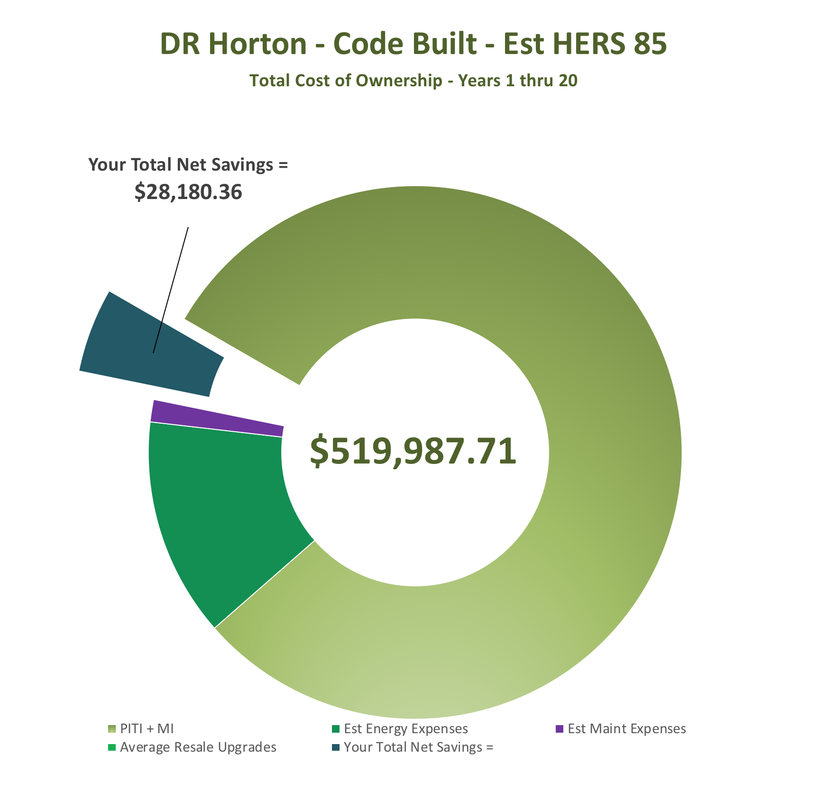
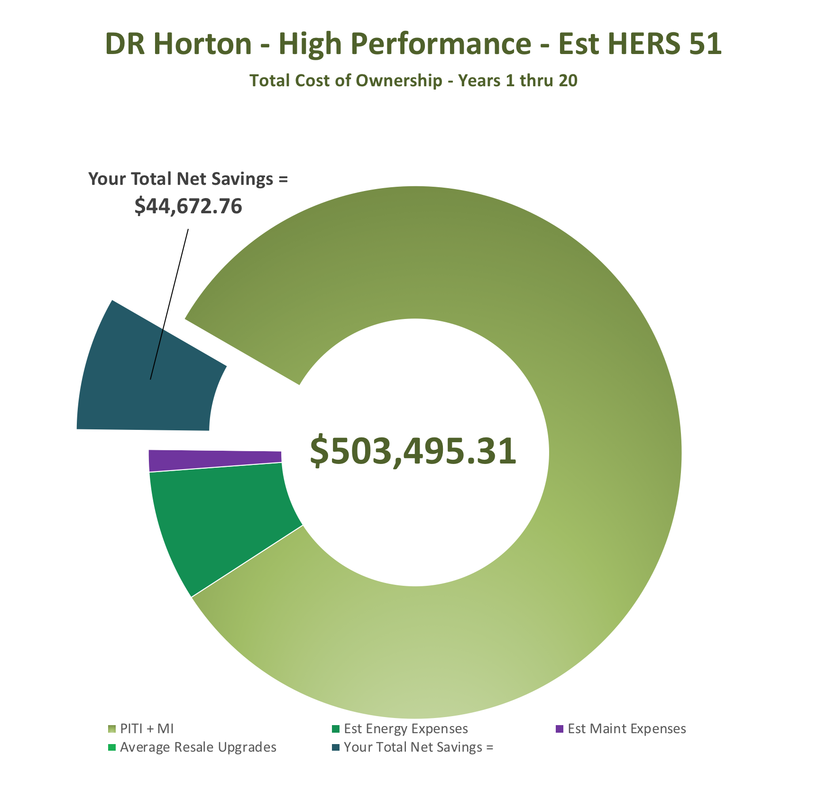
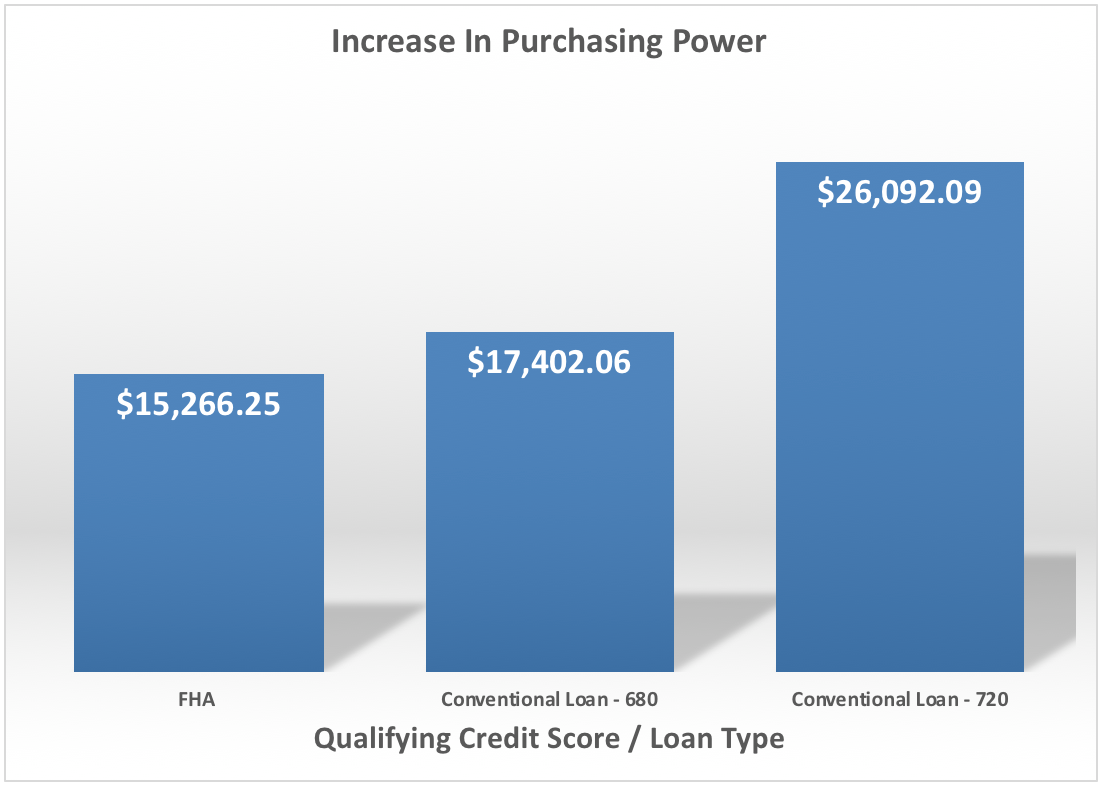
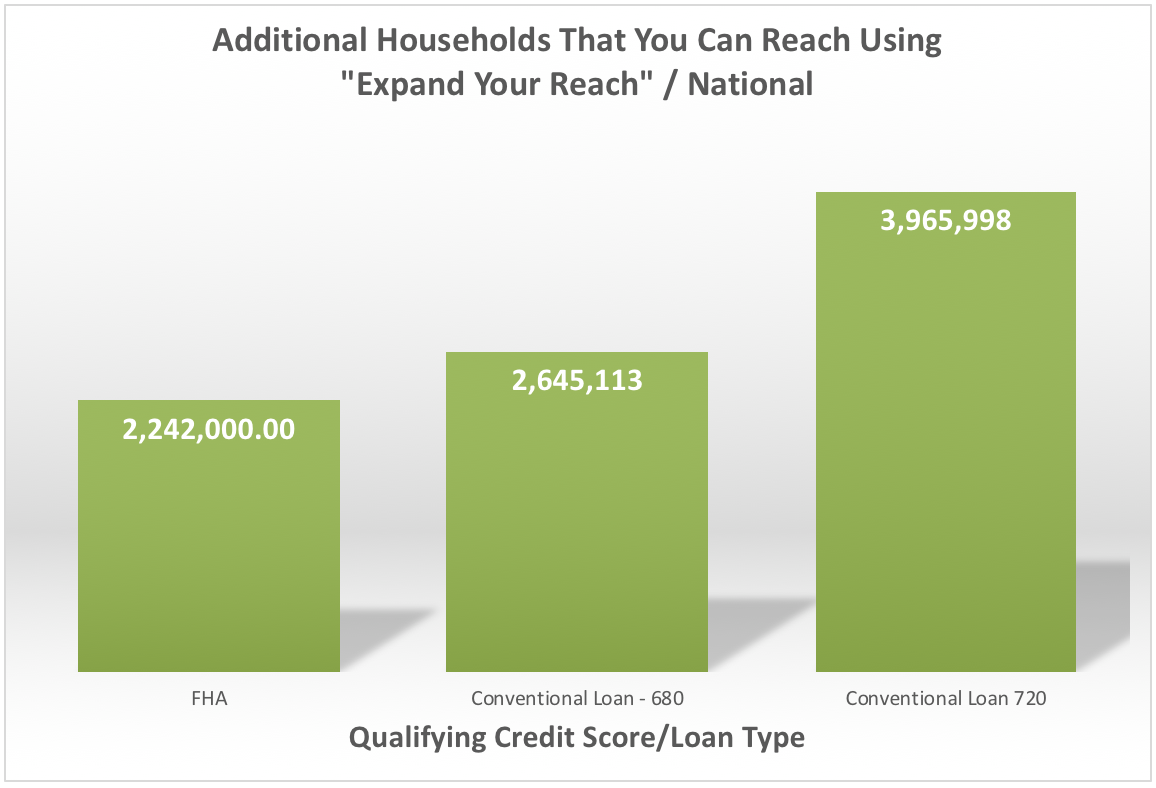


 RSS Feed
RSS Feed

